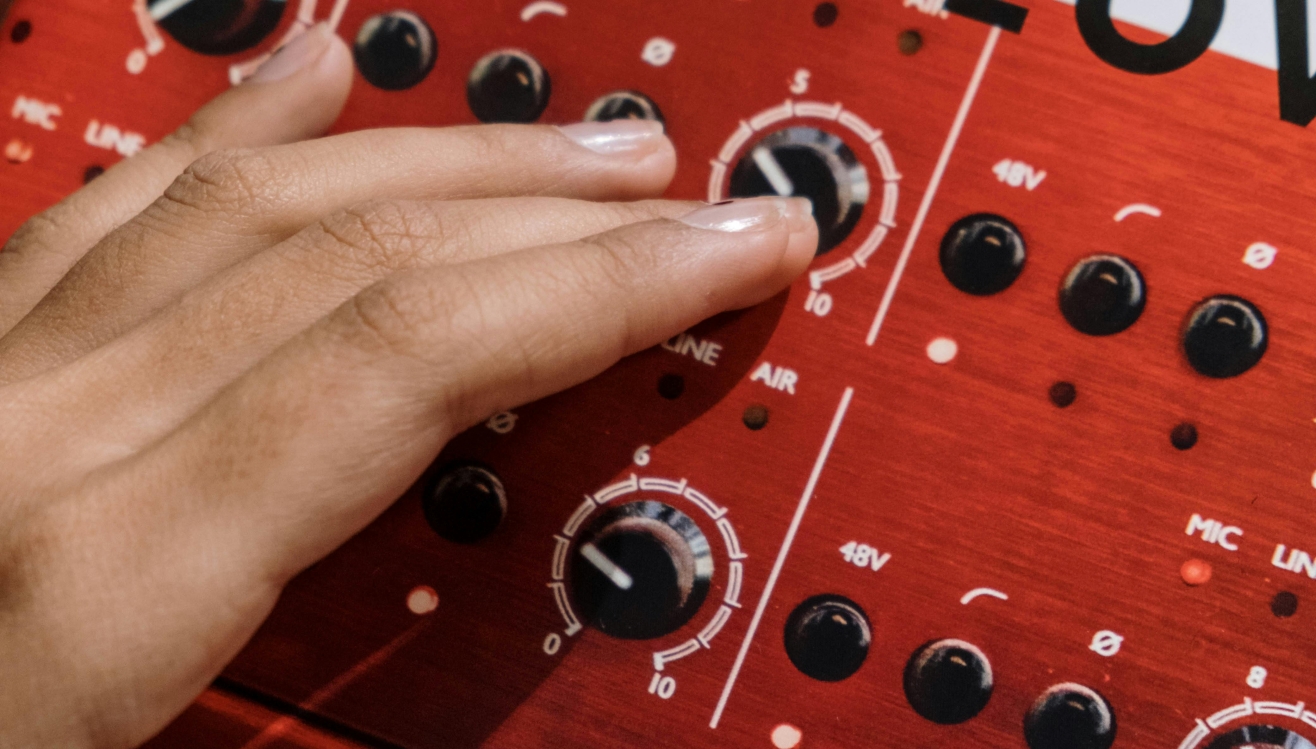A Comprehensive Guide to Music Mixing for Beginners

A Comprehensive Guide to Music Mixing for Beginners
Music mixing is a crucial step in music production, where individual audio tracks are combined to create a harmonious and polished sound. If you're new to mixing and want to enhance your skills, this guide is the perfect starting point.
What is Music Mixing?
Music mixing is the process of blending multiple recorded audio tracks (such as vocals, guitar, drums, etc.) into a single cohesive piece. The goal is to ensure that each sound is clear and that all elements are balanced to create a professional and enjoyable listening experience.
Essential Tools for Music Mixing
To start mixing music, you'll need the following tools:
-
Digital Audio Workstation (DAW)
Popular DAWs like Ableton Live, FL Studio, Pro Tools, or Logic Pro allow you to edit, arrange, and apply effects to audio tracks. -
Headphones and Studio Monitors
High-quality headphones and studio monitors are essential for accurately hearing the details in your mix. -
Plugins and Effects
Plugins like EQ, compressors, reverb, and delay are vital for shaping and enhancing your sound.
Steps to Mix Music Like a Pro
-
Organize Your Session
- Label all tracks (e.g., vocals, drums, guitar).
- Group similar elements (e.g., all drum tracks in one group).
-
Balance Levels
- Adjust the volume of each track to create an even mix. Start with the loudest element (usually vocals) and build around it.
-
Apply Equalization (EQ)
- Use EQ to enhance the clarity of each track. For example:
- Boost high frequencies for brightness.
- Cut muddy frequencies (100-250 Hz) in overlapping tracks.
- Use EQ to enhance the clarity of each track. For example:
-
Add Compression
- Compression evens out the dynamics of a track, ensuring consistency without losing the natural feel.
-
Use Panning
- Place different tracks across the stereo field to create width and space in the mix. For example, pan guitars slightly left and right.
-
Incorporate Effects
- Add reverb and delay to create depth. Be careful not to overuse them.
-
Check Your Mix
- Listen to your mix on different devices (e.g., headphones, speakers, car stereo) to ensure it sounds good everywhere.
Tips for Better Mixing
- Take Breaks: Mixing for long periods can lead to ear fatigue.
- Start Simple: Focus on balancing levels before adding effects.
- Learn from References: Compare your mix to professionally mixed tracks in the same genre.
- Experiment: Try different settings and techniques to find your style.
Conclusion
Mastering the art of music mixing takes practice, patience, and creativity. With the right tools and techniques, you can transform your raw recordings into professional-quality tracks. Start small, learn continuously, and remember that mixing is as much an art as it is a science.
